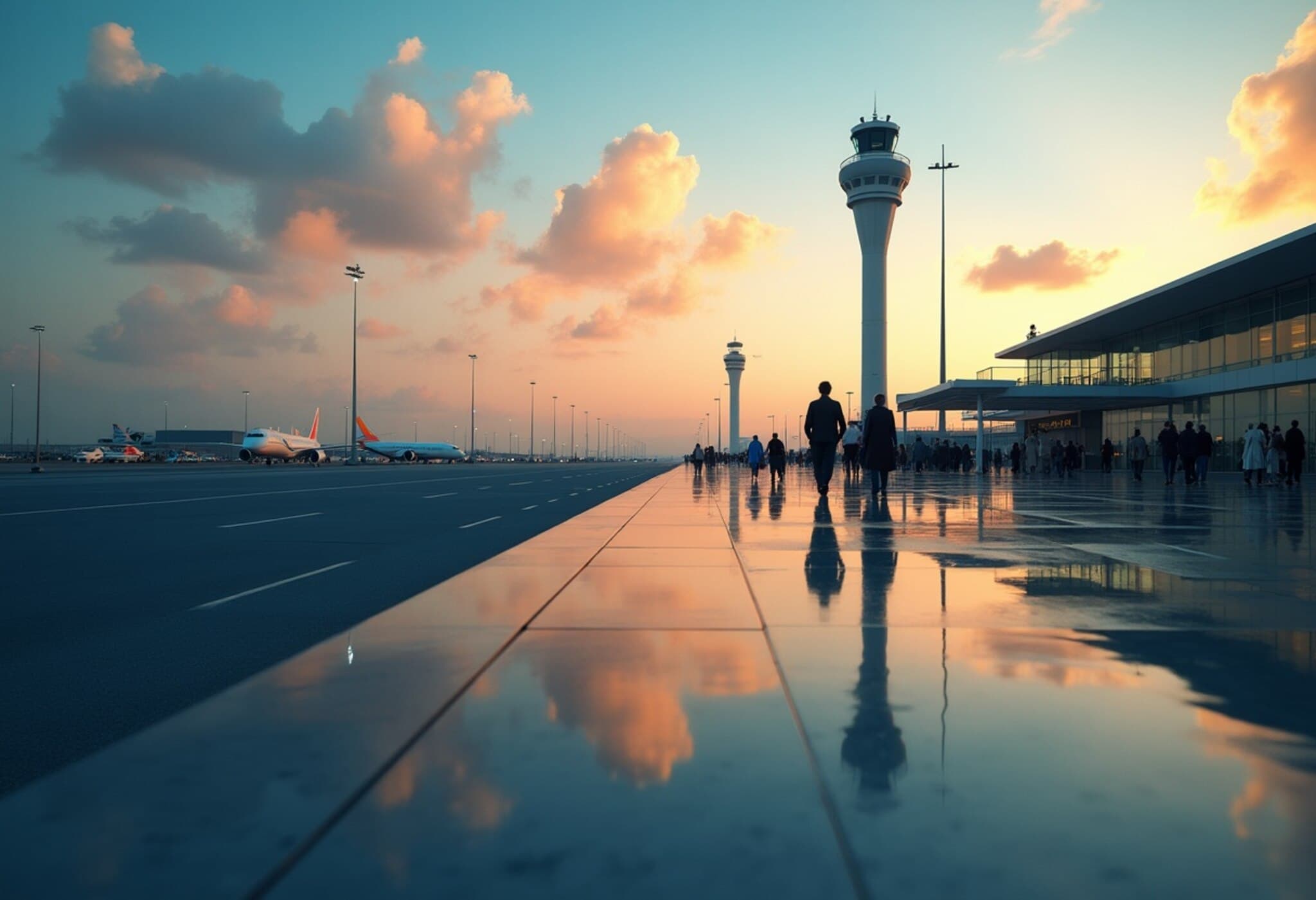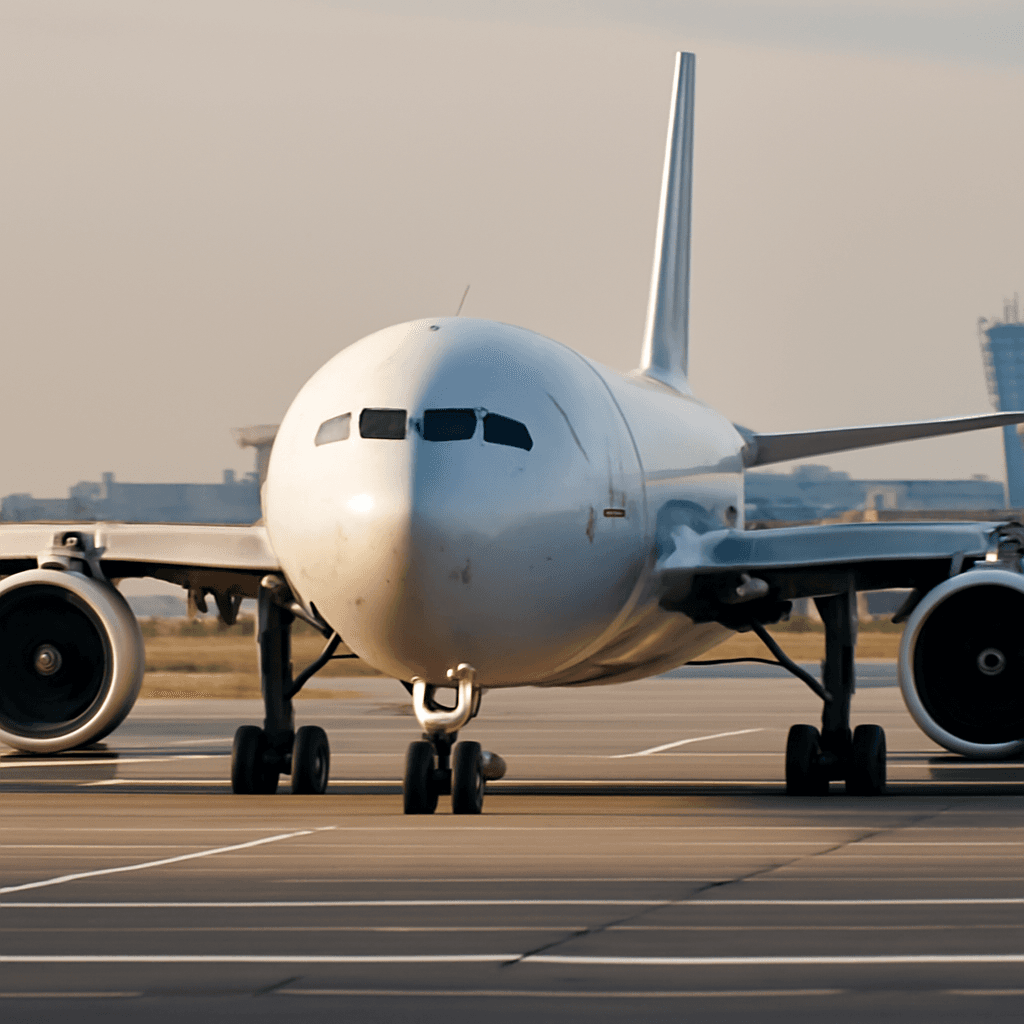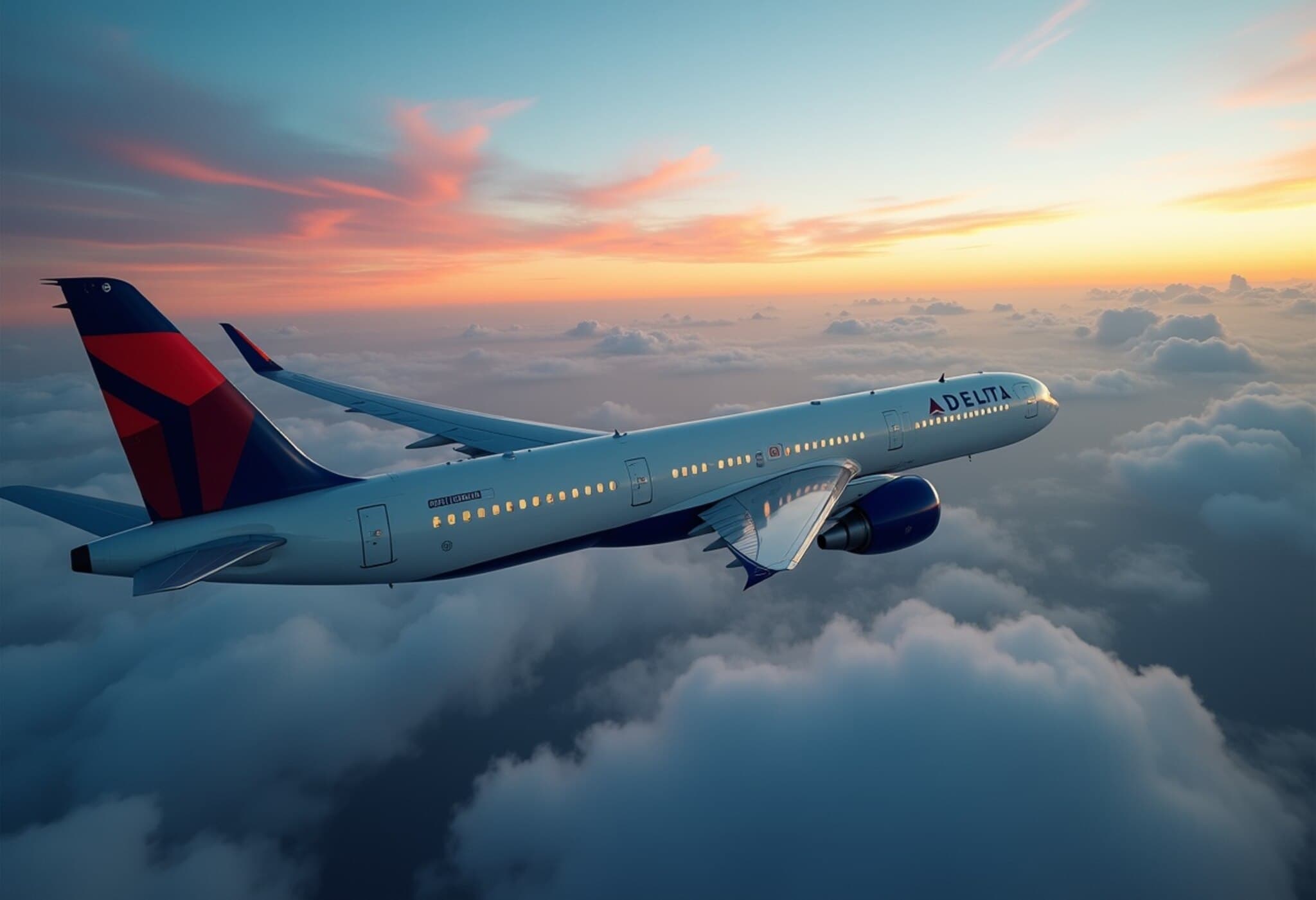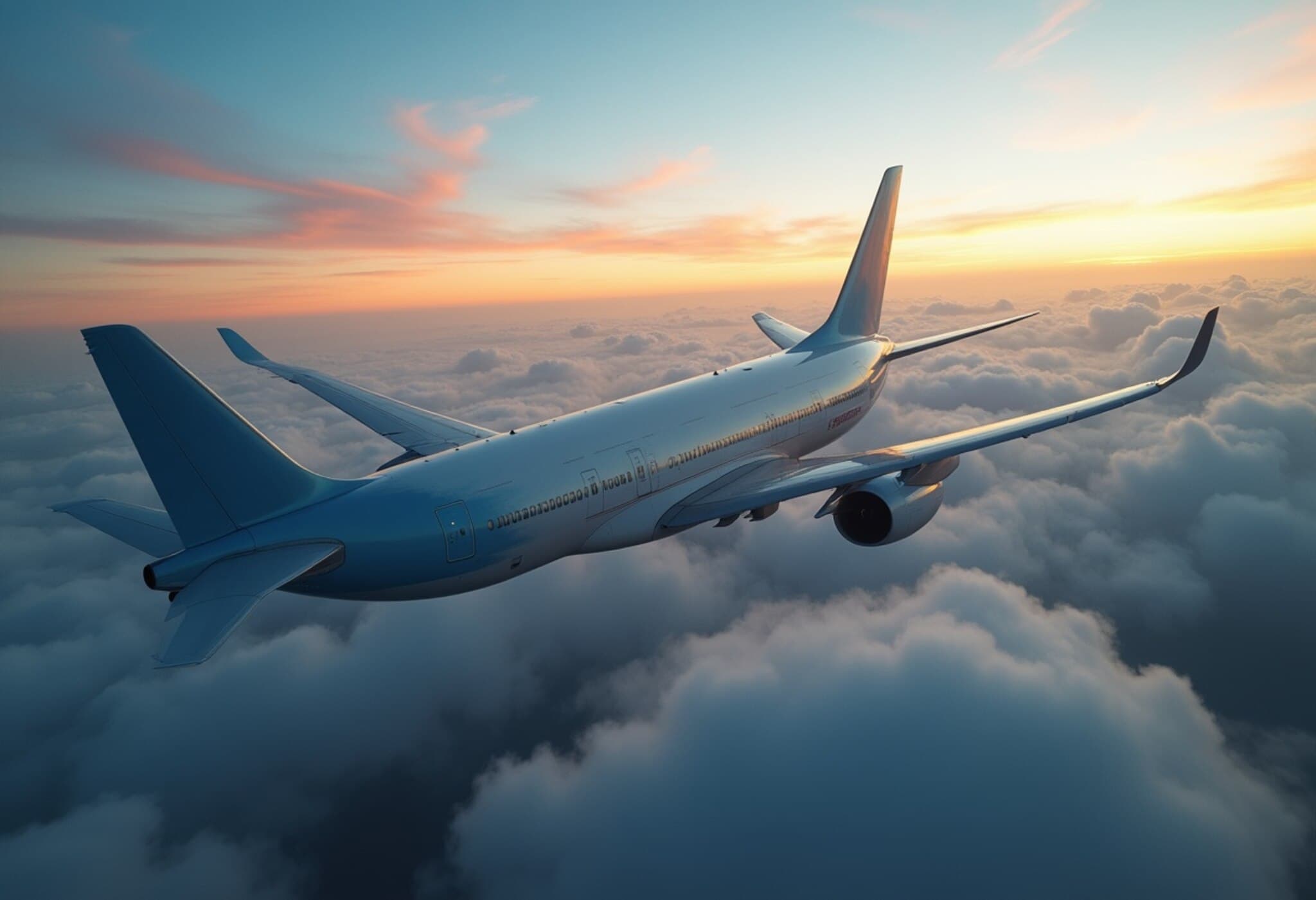Global Air Travel Surges to New Heights in 2024
Air travel has firmly rebounded to an unprecedented peak in 2024, with approximately 9.4 billion passengers taking to the skies worldwide — marking a robust 8.4% increase over 2023 and surpassing pre-pandemic levels by nearly 3%. This impressive recovery highlights a renewed global appetite for mobility, tourism, and commerce, even as the aviation industry continues grappling with geopolitical airspace restrictions and supply chain woes.
Atlanta Retains Crown as World's Busiest Airport
Once again, Hartsfield-Jackson Atlanta International Airport (ATL) has emerged as the busiest airport globally, processing over 108 million passengers in 2024. This milestone is particularly noteworthy given ATL’s role as Delta Air Lines’ largest hub, linking millions of travelers across domestic and international routes. Yet, despite retaining its top spot, Atlanta’s traffic remains about 2% below its pre-COVID peak in 2019, reflecting ongoing shifts in passenger patterns.
Dubai Dominates International Traffic
While Atlanta tops the overall passenger tally, Dubai International Airport (DXB) stands unrivaled for international traveler volume, welcoming 92.3 million international passengers in 2024 — a nearly 7% rise since 2019. Dubai’s strategic geographic position as a global connecting hub between East and West has been instrumental in driving this growth, even as the Middle East continues to invest heavily in its aviation infrastructure.
The 15 Busiest Airports Worldwide by Total Passengers
- Atlanta, USA (ATL) – 108.1 million
- Dubai, UAE (DXB) – 92.3 million
- Dallas/Fort Worth, USA (DFW) – 87.8 million
- Tokyo, Japan (HND) – 85.9 million
- London, UK (LHR) – 83.9 million
- Denver, USA (DEN) – 82.4 million
- Istanbul, Turkey (IST) – 80.1 million
- Chicago, USA (ORD) – 80 million
- New Delhi, India (DEL) – 77.8 million
- Shanghai, China (PVG) – 76.8 million
- Los Angeles, USA (LAX) – 76.6 million
- Guangzhou, China (CAN) – 76.4 million
- Incheon, South Korea (ICN) – 71.2 million
- Paris, France (CDG) – 70.3 million
- Singapore (SIN) – 67.7 million
International Passenger Leaders Reflect Changing Global Dynamics
Airports excelling in international traffic underscore evolving global travel patterns, marked by shifting economic ties and tourism hotspots. The top airports for international passengers in 2024 were:
- Dubai, UAE (DXB) – 92.3 million
- London, UK (LHR) – 79.2 million
- Incheon, South Korea (ICN) – 70.7 million
- Singapore (SIN) – 67.1 million
- Amsterdam, Netherlands (AMS) – 66.8 million
- Paris, France (CDG) – 64.5 million
- Istanbul, Turkey (IST) – 63 million
- Frankfurt, Germany (FRA) – 56.2 million
- Hong Kong (HKG) – 52.9 million
- Doha, Qatar (DOH) – 52.7 million
- Bangkok, Thailand (BKK) – 50.3 million
- Madrid, Spain (MAD) – 48.7 million
- Taipei, Taiwan (TPE) – 44.7 million
- Kuala Lumpur, Malaysia (KUL) – 41.9 million
- Barcelona, Spain (BCN) – 40.7 million
Rapid Climbers Since 2019: Airports Defying the Pandemic Slump
Some airports have posted remarkable gains in passenger numbers, climbing sharply in the rankings since 2019:
- Dallas/Fort Worth International Airport (DFW): Up from 10th to 3rd
- Denver International Airport (DEN): Jumped from 16th to 6th
- Istanbul Airport (IST): Surged from 28th to 7th
- Indira Gandhi International Airport (DEL): Rose from 17th to 9th
This upward trajectory reflects broader economic growth in these regions, expanding middle classes, and intensified connectivity efforts by airport authorities and airlines alike.
U.S. and China: Centers of Air Traffic Activity
The United States continues to anchor global air travel with six airports in the top 20 busiest airports list, underscoring the country’s vast domestic and international network. Meanwhile, for the first time since the pandemic, three major Chinese airports—Shanghai Pudong (PVG), Guangzhou Baiyun (CAN), and Beijing Capital (PEK)—have re-entered the top 20, highlighting China’s cautious but accelerating return to global aviation prominence.
Lingering Gaps: Airports Yet to Regain Pre-Pandemic Passenger Levels
Despite overall optimism, several major hubs still lag behind their 2019 passenger volumes. These include:
- Atlanta (-2.2%)
- Chicago (-5.4%)
- Los Angeles (-13%)
- Paris (-7.7%)
- Singapore (-0.9%)
- Beijing (-32.6%)
- Amsterdam (-6.8%)
- Bangkok (-4.9%)
Such figures may reflect regional travel restrictions, slower economic recovery, or shifting traveler preferences.
Looking Ahead: Challenges and Forecasts for 2025
Despite ongoing obstacles like geopolitical airspace closures, economic uncertainties, and aircraft manufacturing delays, the industry outlook remains optimistic. Airports Council International projects global passenger numbers to climb further to 9.9 billion in 2025, fueled by sustained demand and gradual reopening of international corridors.
Expert Insight
From a policy standpoint, this rapid rebound accentuates the critical importance of investing in airport infrastructure and sustainable aviation technologies. As air traffic surges, environmental concerns and capacity constraints demand innovative solutions—ranging from carbon-neutral airports to smarter air traffic management systems—to ensure aviation can grow responsibly.
Editor’s Note
The remarkable resurgence in global air travel showcased in 2024's airport rankings illustrates a resilient and adaptive aviation sector. Yet, amid the celebrations of growth, it’s crucial to ask: How will airports and airlines balance expanding demand with sustainability imperatives and geopolitical realities? Furthermore, what roles will emerging hubs play in shaping the future global aviation network? As travelers and policymakers, watching these trends unfold offers vital clues about the post-pandemic world’s connectivity and economic pulse.














